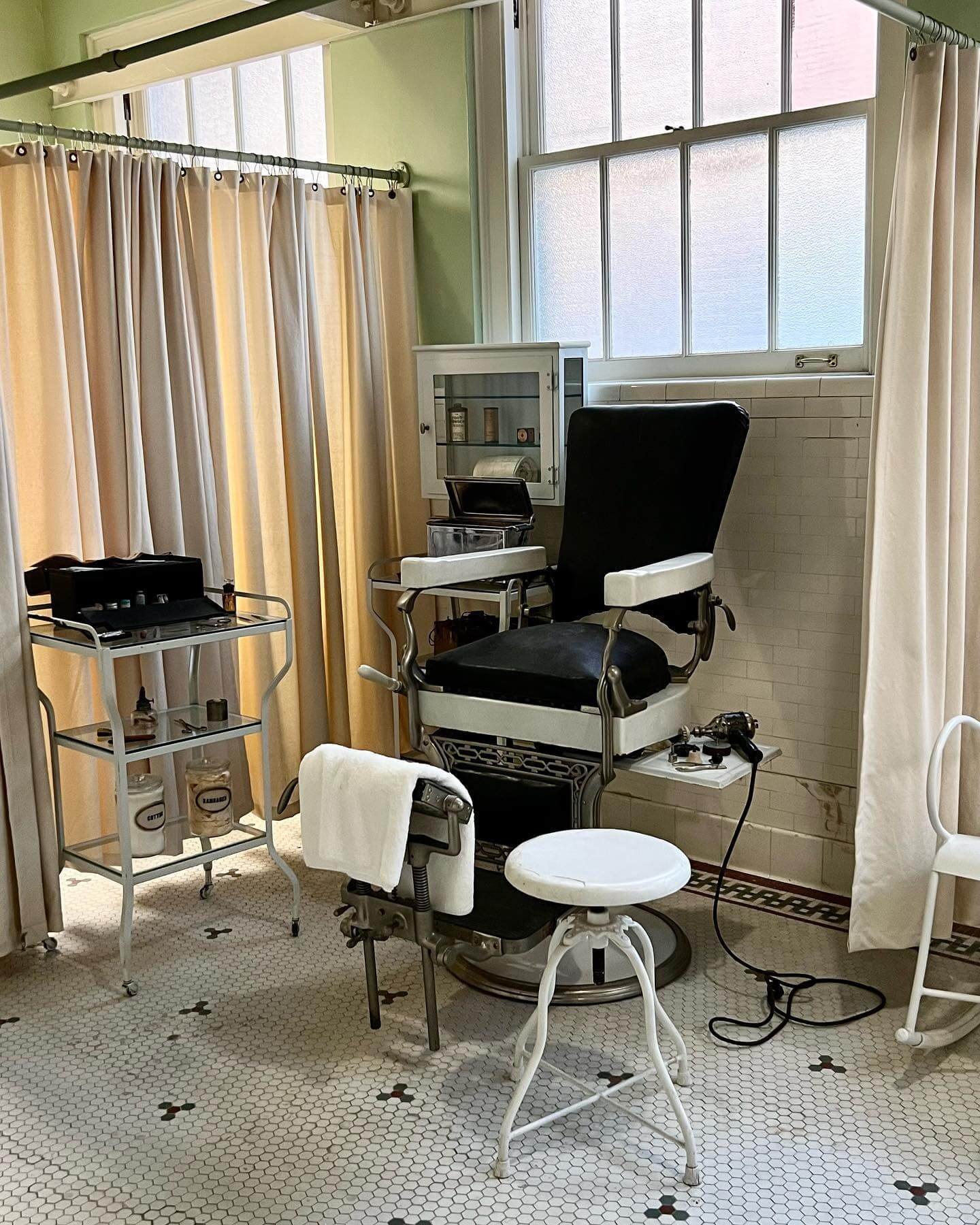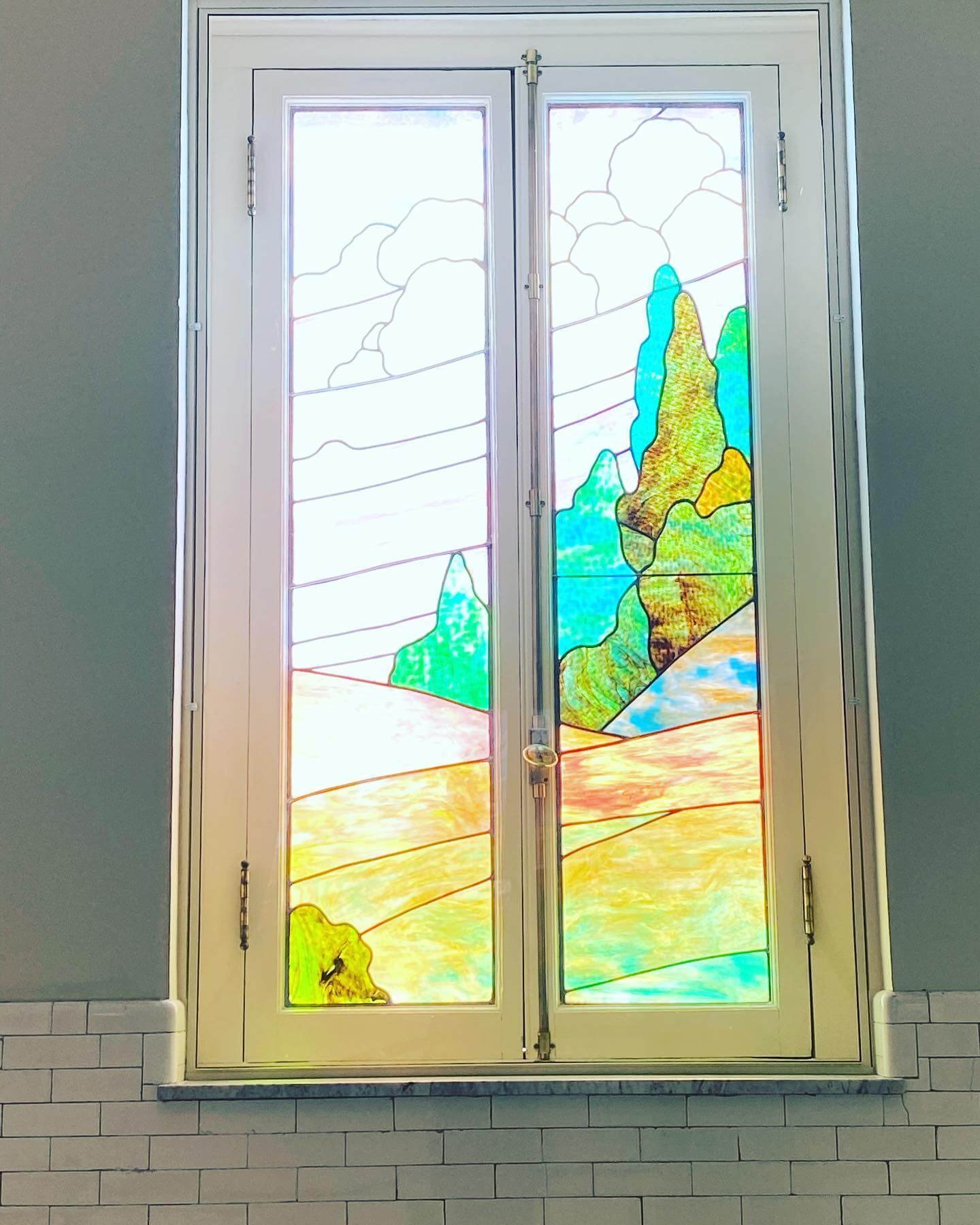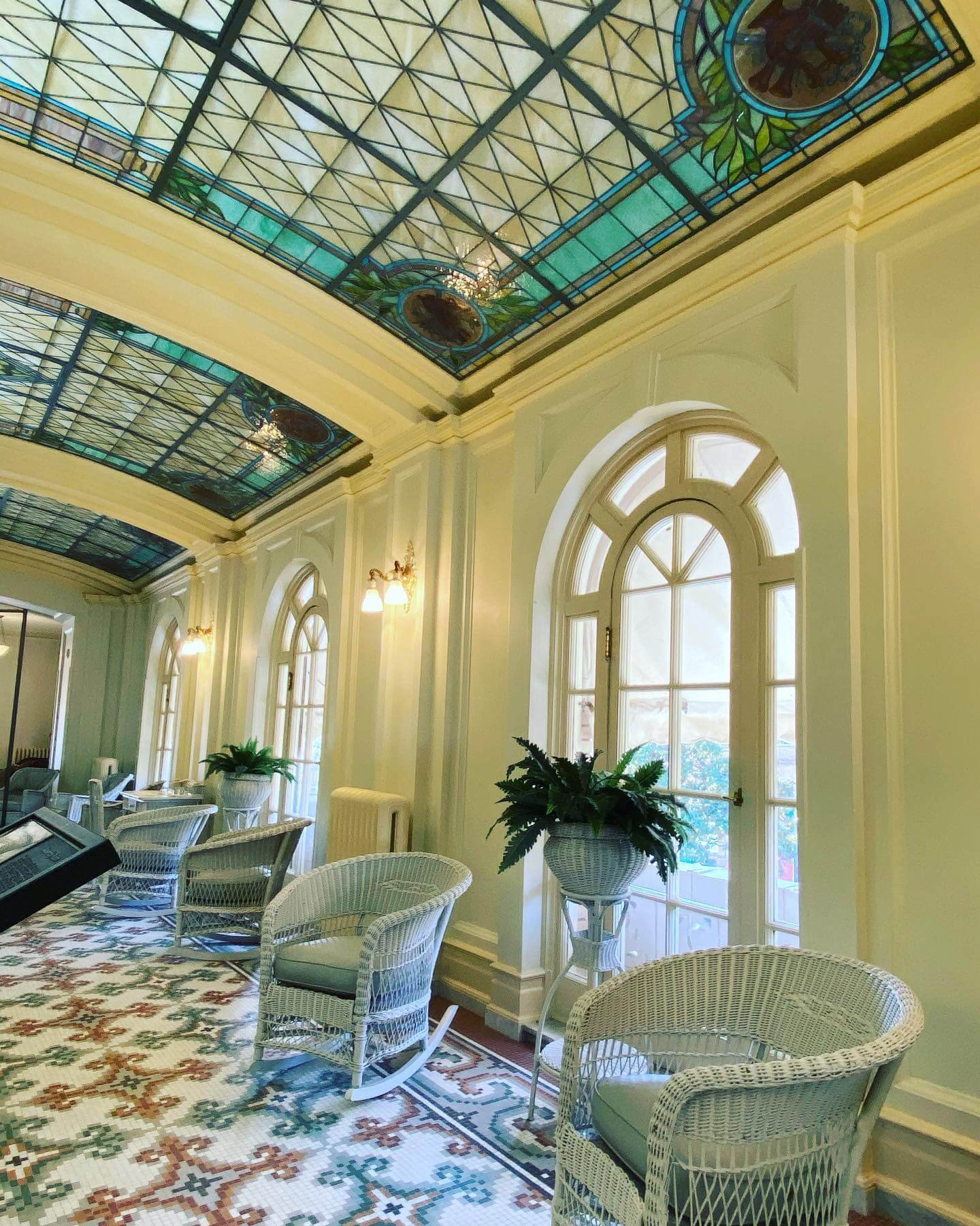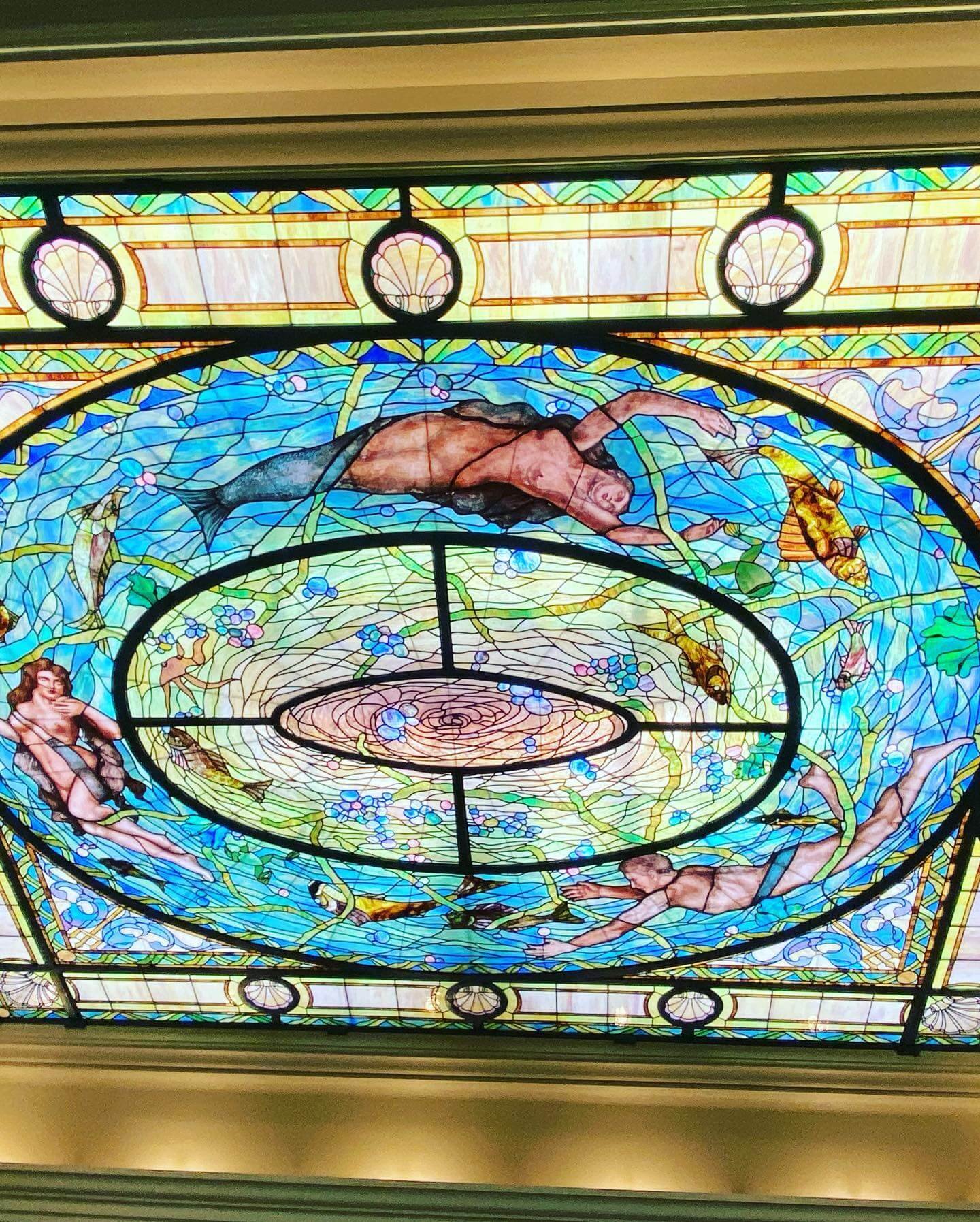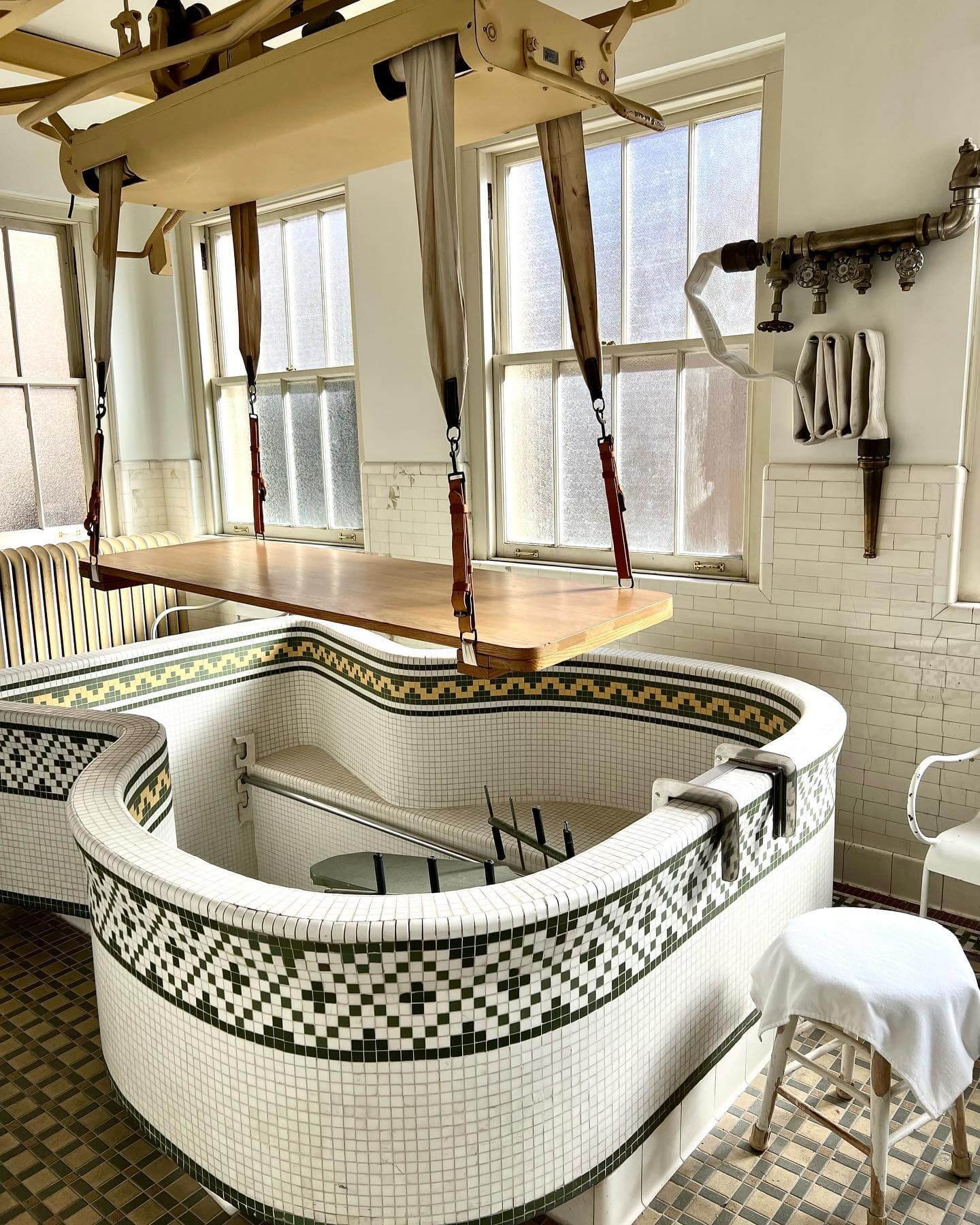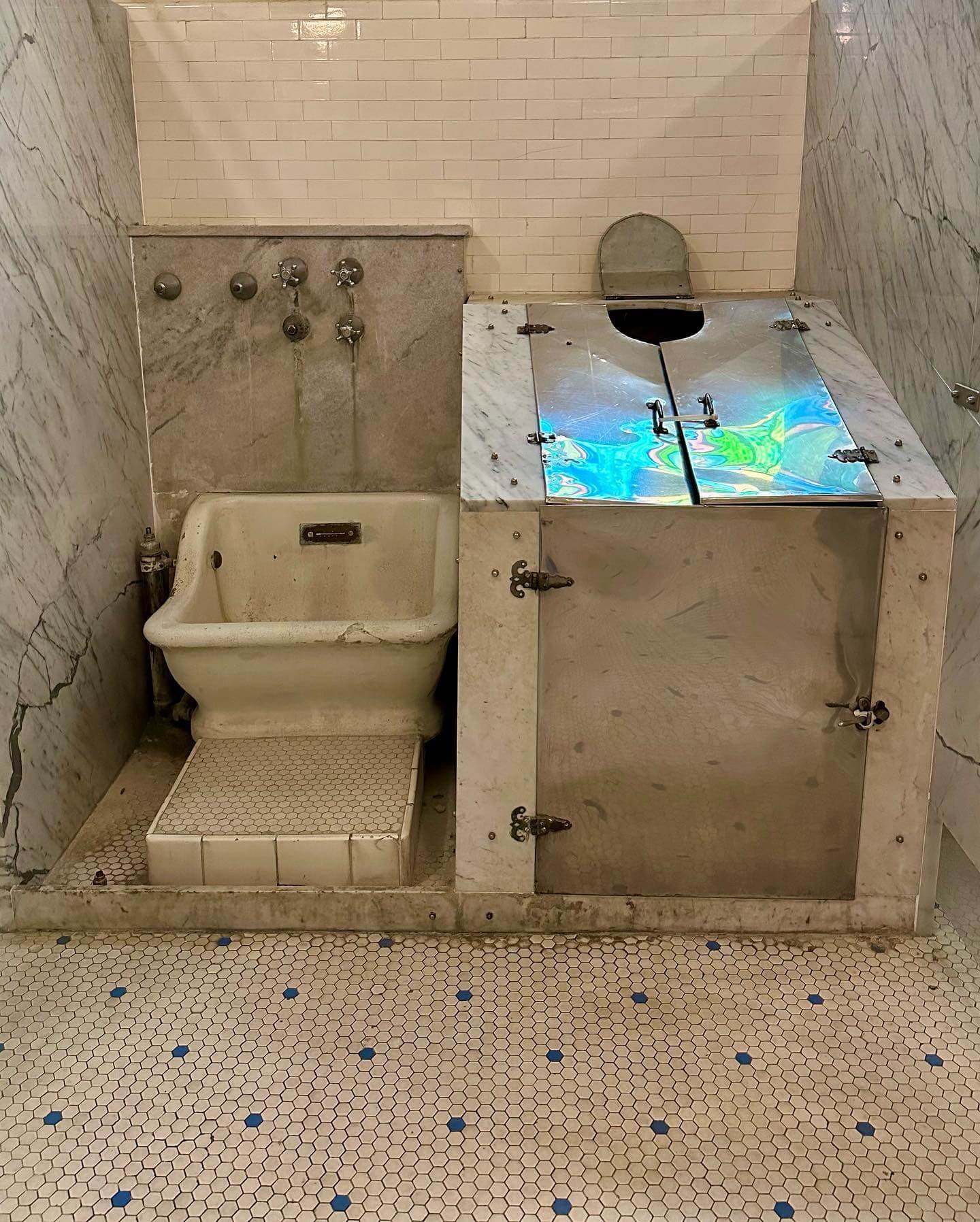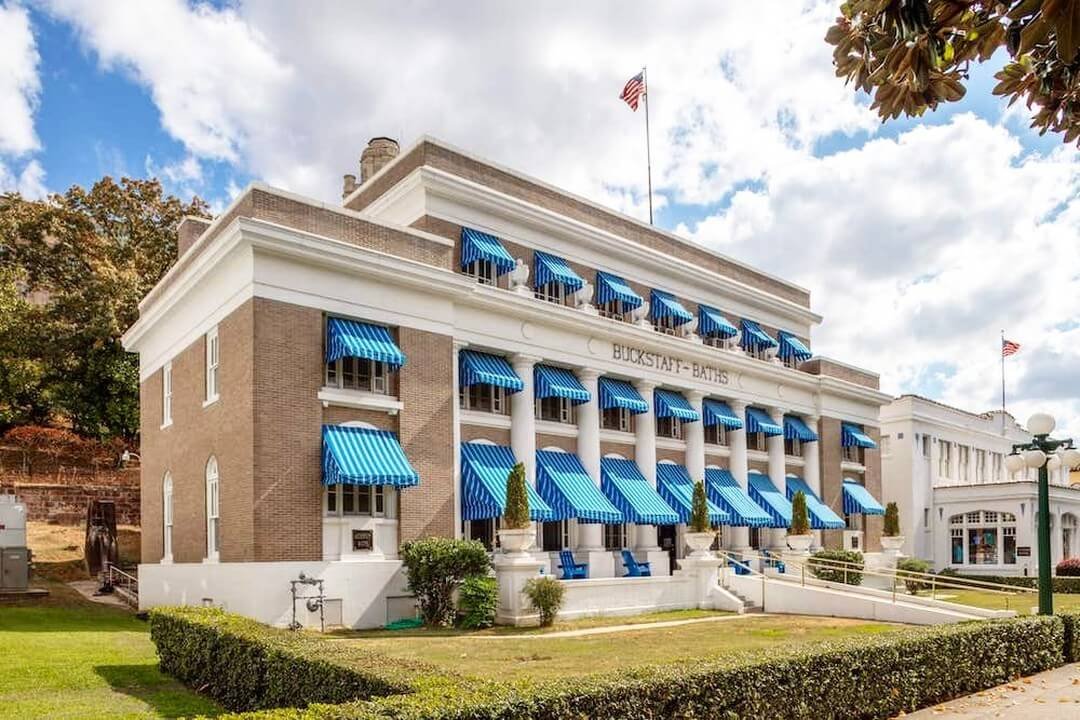Bathhouse Row: Thermal Sanctuary in Arkansas
Photo Courtesy of @champagne.in.the.membrane
Known as "America's Spa," the mountain town of Hot Springs, Arkansas, owes its name to the natural thermal mineral springs that have drawn wellness seekers for centuries.
In the late 1800s and early 1900s, elegant bathhouses, also known as "Bathhouse Row," were constructed along Central Avenue to turn bathing in the healing waters into a social experience. Now, they’re some of the best hot springs in Arkansas.
Take a stroll down Bathhouse Row in the smallest National Park to discover the storied history and modern-day charms of these 8 iconic bathhouses. Only three historic bathhouses still offer bathing services. However, each one has been transformed into a cultural attraction, providing a glimpse into Hot Springs' rich history.
Fordyce Bathhouse: Where Bathhouse History Comes to Life
Photo Courtesy of @visithotsprings
If you're looking for a captivating introduction to the bathhouse culture of Hot Springs, make sure to visit the Fordyce Bathhouse. Built in 1914, the Fordyce was the most elaborate bathhouse on Bathhouse Row. Thermal waterfall baths, massage rooms, gymnasiums, and a roof garden provided the ultimate therapeutic escape. The park's displays and short film documentary capture the elegant spa lifestyle visitors have experienced here for decades.
Now operated by the National Park Service, the Fordyce offers a free self-guided tour that lets you freely explore three floors of this bathhouse frozen in time.
Wandering through the remarkably preserved interior spaces, you'll gain a fascinating insight into the bathing practices and medical treatments of the early 1900th century. Peer into the original hydrotherapy room, massage parlor, dressing rooms, and more as informative displays chronicle their history. Historic photographs and artifacts transport you back to the heyday of bathing.
Helpful park rangers are available to answer questions and provide additional context. Rangers lead free guided tours twice daily, focusing on topics like the healing history of the springs or traditional bathing rituals. With many rich photo opportunities and intriguing artifacts around every corner, the Fordyce Bathhouse is the perfect place to start understanding Hot Springs' bathhouse heritage.
Lamar Bathhouse: Historical Mementos
Photo Courtesy of @point.of.view.by.v
Photo Courtesy of @knpparks
Next door to the Fordyce, the Lamar was built in 1923 to replace an earlier namesake bathhouse destroyed by fire in 1916. The ornate Spanish Colonial Revival building operated until the mid-1980s.
Now home to the park's main gift shop, the Lamar Bathhouse sells educational books on the town's history, vintage bathhouse memorabilia, local crafts, and more. The shop occupies the building's main floor, while park offices reside upstairs.
Spot a collection of bathhouse-themed souvenirs, including towels, soaps, tokens, and postcards that pay homage to the era when "taking the waters" was popular.
Venture behind the shop to find the cooling room, basement spaces, and vacant bath hall to envision their former purpose.
Hale Bathhouse: Bathe in Historic Style
Photo Courtesy of @sumara_travels
The Hale Bathhouse, initially built in 1892, is one of only three on Bathhouse Row that still functions as a bathhouse hotel. It retains its vintage charm as the oldest one while offering modern amenities.
Continuing along Bathhouse Row, the Hale now welcomes guests as the Hale Hotel - an elegant boutique property with nods to its early 1900s roots. The renovated guest rooms feature original tiled bathrooms updated with new clawfoot tubs fed by the area's prized natural hot springs.
For around $200 a night, guests can indulge in relaxing soaks in their private in-room tubs, unwinding as historical patrons once did.
Downstairs at the Hale Bathhouse Spa, signature mineral baths and massages provide relaxation paired with old-fashioned customer service. Sip cocktails with the area's famous healing spring water at the Hale's sophisticated lounge.
With its fascinating history paired with modern-day indulgence, the Hale Bathhouse makes for an unforgettable historic hotel experience in the heart of Bathhouse Row.
Ozark Bathhouse: Cultural Hub
Photo Courtesy of @visithotsprings
Across the street, the Ozark Bathhouse stands out for its hand-painted floral exterior tilework. Constructed in 1922, the two-story building operated as a visitor center before closing in 1977.
Now owned by the Arts & Science Center for Southeast Arkansas, the Ozark fulfills an arts and cultural role. Visitors can admire the restored vaulted ceiling, grand windows, and marbled interior spaces.
Catch an art exhibit, community theater production, or concert in the historic bathhall. Monthly Gallery Walks feature new artists. The Ozark's heritage is kept alive through creative performances and programs open to all.
Quapaw Bathhouse: Traditional Meets Modern
Photo Courtesy of @biteshikesandotherlikes
Photo Courtesy of @jennyfer70
For a dreamy soak in Hot Springs' legendary thermal waters, head to the Quapaw Bathhouse. Although established in 1922, recent renovations have transformed this elegant bathhouse into a contemporary spa experience.
Four naturally heated pools provide communal soaking at temperatures around 100°F. Private baths, steam rooms, and full spa services create a modern wellness vibe while still harnessing the area's ancient healing waters. The original building's beauty remains with grand arches, painted tiles, and stained glass.
Like the Hale, the Quapaw is one of three functioning bathhouses where you can experience the thermal waters, much like historical patrons. The Quapaw's large public bathing tubs provide a unique soak in pure geothermal spring water, completely free of chemical smells. You can soak up the atmosphere of the past while enjoying present-day amenities.
Photo Courtesy of @jennyfer70
Photo Courtesy of @quapawbaths
Superior Bathhouse: History on Tap
Photo Courtesy of @tfkelly28
Photo Courtesy of @stellarsocials
After relaxation, what better way to unwind than with a cold craft beer? The Superior Bathhouse Brewery & Distillery does just that, converting the meticulously restored 1911 Superior Bathhouse into Hot Springs' first brewery.
Sip specialty beers like the Superior Bathhouse IPA and Judge Porter on the original tile floors amid glimmering chandeliers. Learn the bathhouse history while savoring delicious flavors enriched by the local thermal mineral water.
Catch live music on the weekends in this distinctly retro beer hall, transmitting all the charm of its bathing heyday. With great beer options and the friendliest staff in town, it's a one-of-a-kind experience you won't find anywhere else.
Buckstaff Bathhouse: Retro-Style Relaxation
Photo Courtesy of @thetravel100
For the most authentic retro bathing experience on Bathhouse Row, visit the third still-operating Buckstaff Bathhouse. First opened in 1912, loyal guests have luxuriated in its old-world elegance for generations.
Relax in an original clawfoot tub attended by staff providing traditional bathing services. Choices range from basic mineral whirlpool baths to deluxe packages, adding hot packs, showers, steam cabinets, and soothing massages.
Keep in mind they don't take reservations for the baths, operating on a first-come basis. Their traditional bath routine includes a tub soak at 102°F, a sitz bath, a steam cabinet, and a relaxing body wrap.
Many visitors rave about the paraffin wax hand treatment scented with eucalyptus and rosemary. With its original interior finishes, including porcelain fixtures, Italian marble, and Spanish floor tile, soaking at the Buckstaff powerfully transports you back in time.
Photo Courtesy of @chase_williamson89
Maurice Bathhouse: The One Awaiting Renewal
Not all Hot Spring's bathhouses have been preserved and renewed. The Maurice, constructed in 1912, retains its original facade but has sat vacant for decades.
Closed in 1974, the Maurice had operated the longest of any Bathhouse Row establishment. By the 1990s, the National Park Service acquired the Maurice and aims to restore it to active use someday.
Peeking through its windows, you can still glimpse the bathhouse's interior pillars, light fixtures, and doorways leading to former hot bathing rooms. The Maurice remains frozen in time, awaiting its second chance at life.
More about Bathhouse Row
Photo Courtesy of @nataschastrauss
The bathhouses of Bathhouse Row encapsulate Hot Springs’ fame as a glittering early 20th century spa destination. Wealthy travelers converged to experience the purported healing powers of "taking the waters." Elegant bathhouses catered to them with magnificent amenities far surpassing basic bathing needs.
In its heyday from 1890 to 1950, millions visited annually to soak in the thermal springs, said to provide therapeutic relief from various ailments. By the late 1950s though, miracle medical cures gave way to modern medicine, leading to the bathhouses' decline.
Today, Bathhouse Row stands revived through careful restoration and reinvention into hotels, spas, eateries and cultural attractions. Strolling beneath the copper-capped roofs offers a window into wellness history, taking visitors back to an era when bathing ruled supreme. The thermal springs themselves still flow as they did centuries ago, waiting to welcome modern-day soakers.
Planning Your Visit to Bathhouse Row
If discovering Bathhouse Row sounds appealing, use these tips to plan an unforgettable visit:
When to Visit: Year-round sightseeing is ideal, but Spring and fall have pleasant weather for strolling the row. Holiday lights add a sparkle in winter. Summer sees more attractions open but larger crowds.
Where to Stay: Choose the Hale Hotel for ultimate bathhouse immersion. National Park lodges near the row are also available. We suggest booking your stay at Arlington Resort Hotel and Spa for more luxury.
Ideal Visit Length: Relax at multiple bathhouses, visit museums, hike trails, and catch a show in just 2-4 days.
Stay 5-7 days to completely unwind at a more leisurely pace.
If you're looking for a revitalizing mineral bath or a chance to explore the wellness history, Bathhouse Row provides a nostalgic journey back to the golden age of bathing. Immerse yourself in the past and experience why these magnificent structures continue to captivate visitors today.




